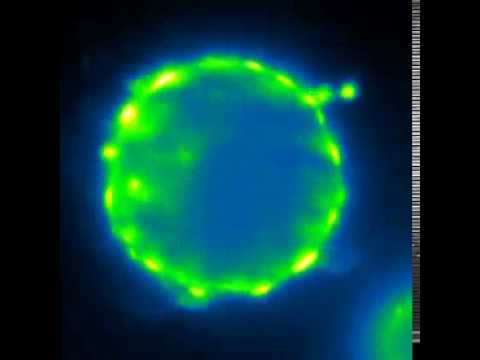
Biochemists from the University of California San Diego have developed artificial cell membranes. These artificial membranes evolve and modify themselves and are capable of maintaining constant growth.
Artificial membranes exactly behave like living mammalian cell membranes. Generally, it helps chemists to develop efficient drugs to target membrane proteins and understand chemical changes that occur in dysfunctional membranes during disease.
Although, artificial membranes are generally used to design natural membrane properties. This latest research shows that continuous chemical reactions can be controlled to get automatic lipid remodeling in artificial membranes.
Andrew Rudd, a co-author of the study and graduate student in the Devaraj lab, said, “Cells use lipid remodeling to respond to their environment and maintain membrane homeostasis or to carry out specific functions such as division and signaling. Using phospholipid remodeling allows cells to generate new phospholipid species by recycling existing phospholipids instead of making them from scratch. This saves the cell time and energy.”
Roberto Brea, a postdoctoral fellow in the Devaraj lab, said, “Our latest research will explore the bound behavior and integral membrane proteins in response to shifts in membrane composition. We were finding a way to understand the importance of Integral membrane proteins and targets of common drugs behavior in lipid bilayers.”
